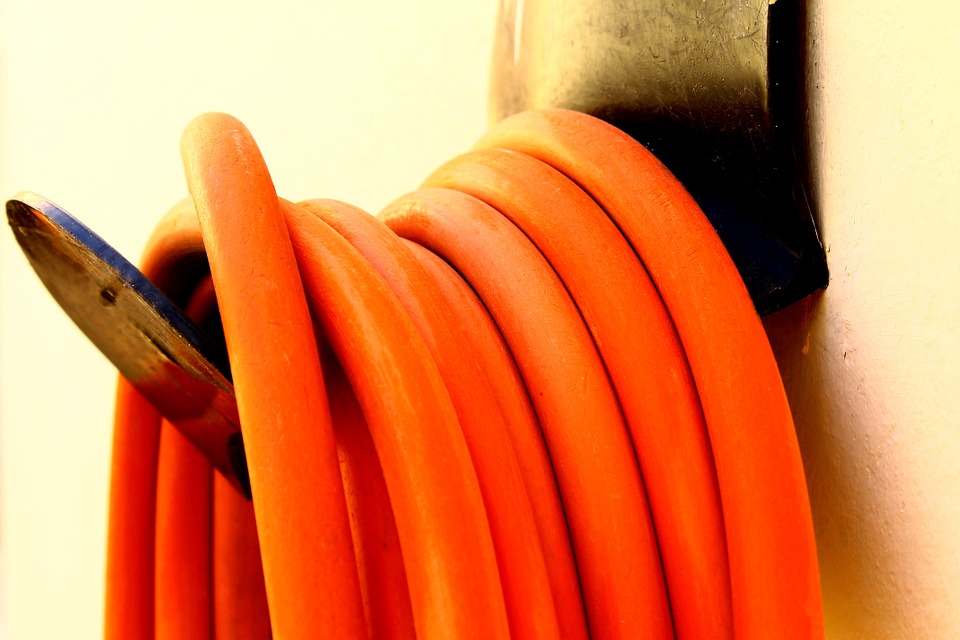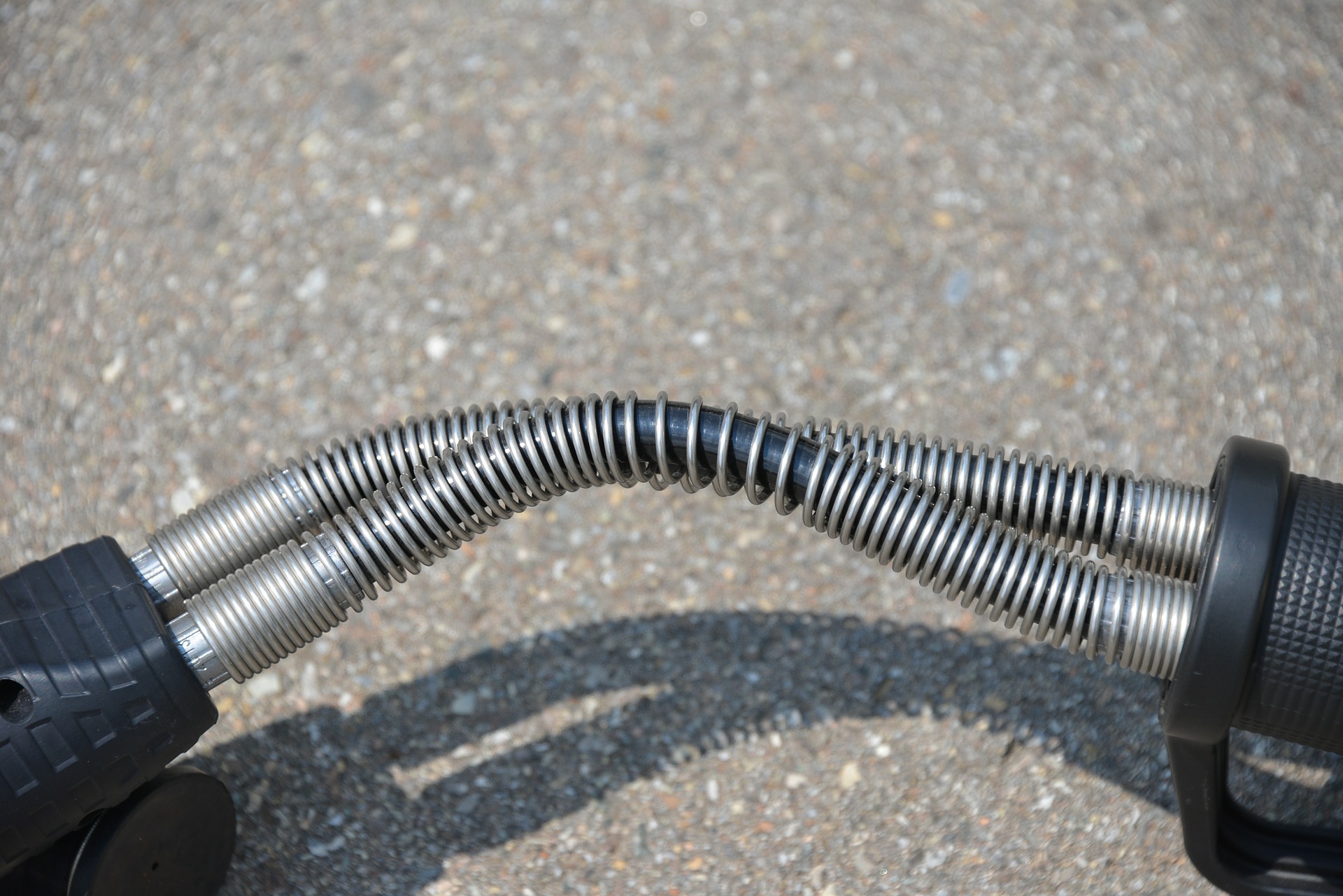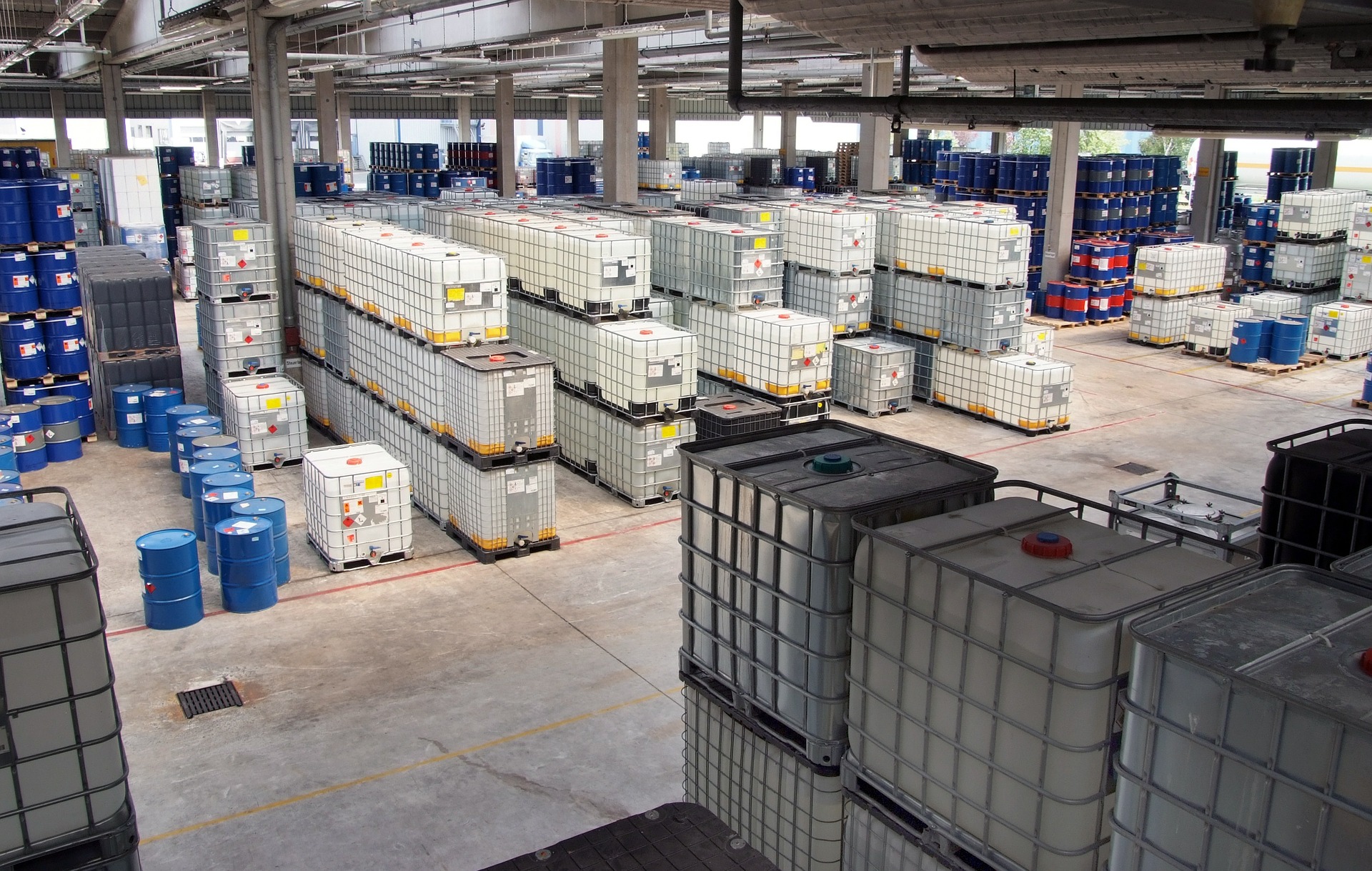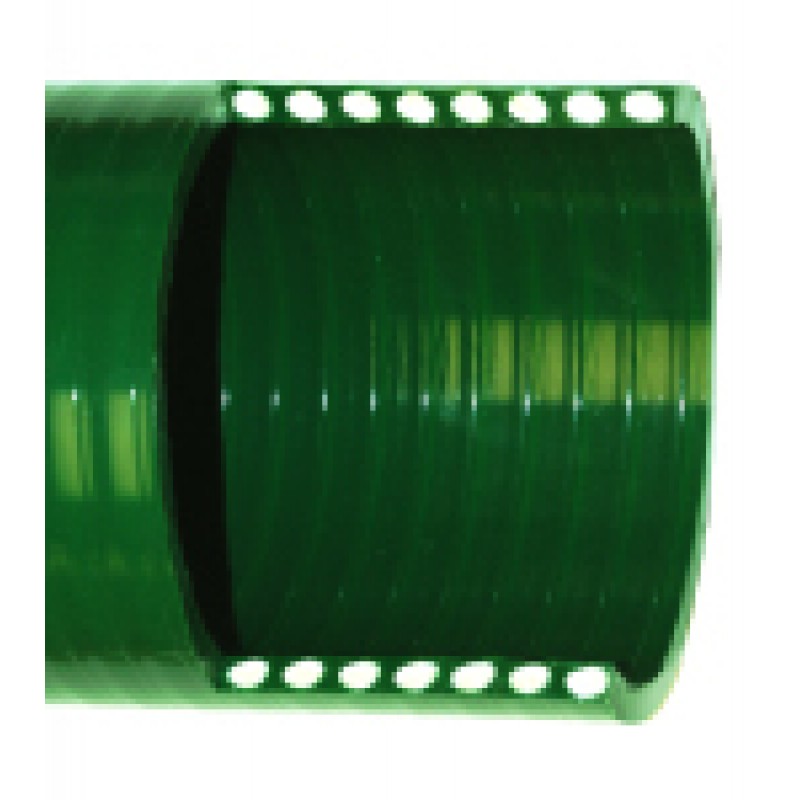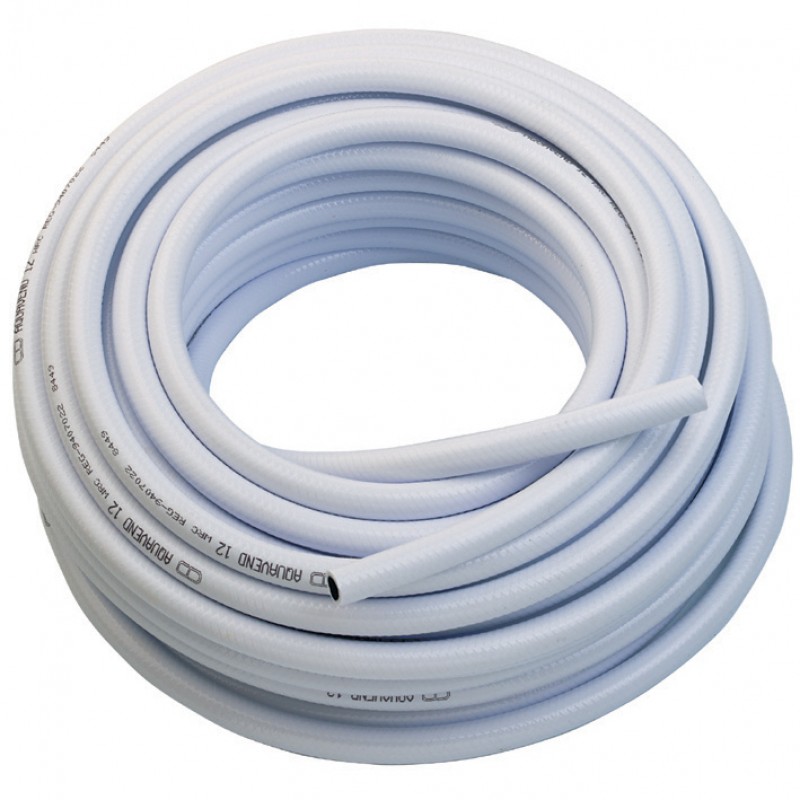
Polyurethane (PU) and polyvinyl chloride (PVC) are both popular materials when it comes to hose. Both materials are forms of thermoplastic, which means that they will become pliable when they reach a certain temperature and harden again as they cool. They can also both be made in either a tinted or solid colour.
Despite their similarities, there are some key differences between PVC hose and polyurethane hose which makes them suited to different tasks.
PVC Hose
PVC hose can be used in food, dairy, irrigation and medical industries. However, its high corrosion resistance to chemicals and weathering mean that it can have many other applications. Our PVC formula is kink resistant and flexible, making it suitable for use in layflat hose. This helps with transportation and storage for added convenience. Generally, PVC more economical than its counterpart.
Available in either light, medium or heavy duty, it can also be reinforced. This makes PVC one of the most popular materials for hose and tubing.
Despite this, polyvinyl chloride hose does have its limits. It doesn’t tend to perform as well with some chemicals, fluids and oils, and over time these substances can cause it to crack and harden. We offer selection of oil resistant PVC hose to cope with these demands, designed specifically to handle the suction and discharge of oils and gas with low aromatic content. For example, they are suited to kerosene, paraffin, tall oils etc.
Polyurethane Hose (PU)
Polyurethane hose provides the solution where PVC struggles, featuring excellent resistance to most petroleum-based chemicals. This makes it an ideal choice for use in most fuel lines, although testing might be necessary in some cases. Polyurethane hose can also handle much lower temperatures.
Polyurethane is also popular when the hose or tube will be placed under high pressure, as this thermoplastic tends to be more resistant to its effects than PVC. It can also stand its ground in terms of resistance to weathering and chemicals, meaning it can be used in many of the same industries.
One large difference between the two materials is that where PVC is tasteless, polyurethane could potentially transfer odours/tastes to the product flowing through it. It is more commonly used in tubing, with uses ranging from mining to nuclear power.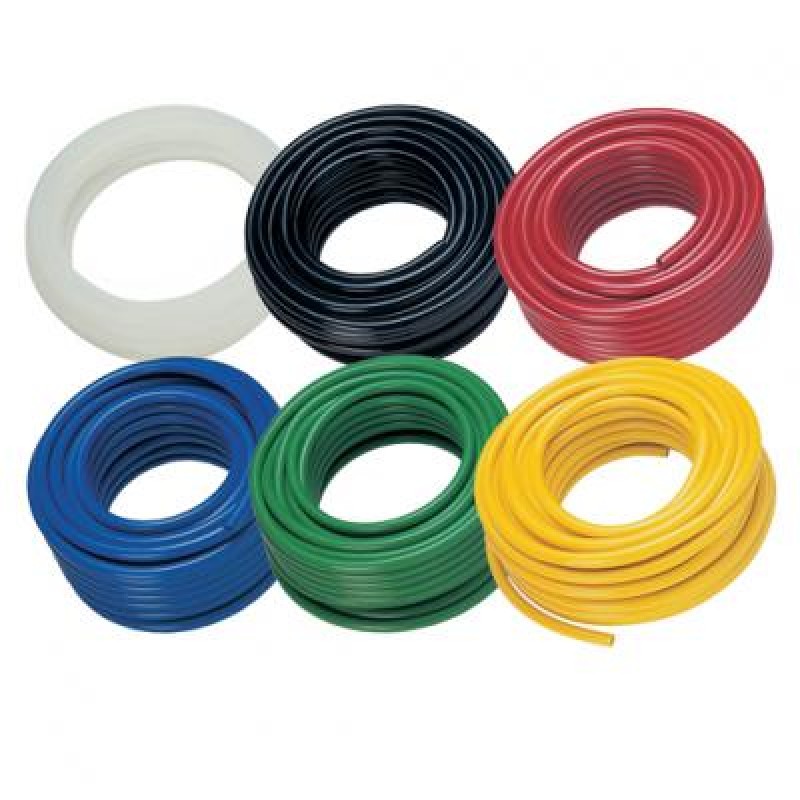
What other aspects should I consider when picking my hose?
Choosing the correct material for your hose is essential, however it is not the only aspect that you’ll need to consider. For example, it is also important to think about the length that you’ll require. You will also have to consider where it will be placed; will it go inside or outside and what conditions will it have to contend with?
Still unsure?
Hose Shop have many years of experience in supplying hose and tubing, and our expert team will be happy to offer you tailored advice. We offer a range of high quality products to suit each application and sector, browse online today.



